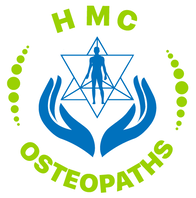|
By Angus Nichol Breathing is one of the most basic, yet fundamental, processes necessary for all of life – and it can have a significant impact on our mental and physical wellbeing. Each and every breath influences the activity of every cell in your body - fuelling the burning of oxygen and glucose to produce energy. This energy is used for muscular contraction, organ function and glandular secretion, mental processing, and many more important functions. Normally, adult humans breathe 12-20x per minute – that’s between 17,300 and 28,800 breaths per day. However… what if I told you that YOU’RE DOING IT ALL WRONG?! (Don’t worry, most of us are). How do we breathe? Before we can try to understand the benefits of breathing, we should learn a bit more about how breathing occurs… Breathing is an automatic process that is largely regulated in the primitive part of the human brain (the “brainstem”). Because it occurs automatically, we often take our breathing for granted and do not direct conscious awareness to it, unless it becomes abnormal. When we breathe in (inspiration), our diaphragm (main breathing muscle) contracts and lowers down towards our abdomen and the muscles between our ribs help to expand the chest wall, these processes allow our lungs to expand and fill with air (and most importantly, oxygen!) within the chest cavity. Breathing in through the nose is preferable to open-mouth breathing, as our nose is designed to filter and clean the air before it enters the lungs. When we breathe through our mouth, there is no filtration process and more nasty little bugs and pollutants from our environment enter our body, which increases the risk of chronic health conditions. Conversely, when we breathe out (expiration), the diaphragm relaxes and moves back upwards towards the chest cavity, the chest wall condenses, the lungs deflate and air (carrying carbon dioxide and other waste products from the body) is forcefully ejected out. Breathing – How does it affect our mind and body? Have you noticed that your breath changes depending on your thoughts and feelings? Our mind and bodies share an intimate link, and our mental state has a large impact on our physical state. Different emotions cause us to perform different expressions and gestures. For example, when we’re happy, we smile; when we’re sad, we frown. A similar relationship is present with breathing. When we feel calm and safe, we breathe more deeply and slowly; whereas when we are stressed, our breathing may become shallower and faster. This is because we are under control of our Autonomic Nervous System (ANS). This nervous has two divisions: Our Sympathetic Nervous System (SNS) – This is responsible for our “fight or flight” response, and causes our heart rate to increase, dilates our pupils, stimulates the release of stress hormones such as adrenaline which makes us sweat and feel agitated, and cause our muscles to become tense. It also makes our breathing shorter and sharper. Extended activation of our SNS means that our heart is working overtime, and the prolonged release of stress hormones can have damaging consequences on our bodies that lead to chronic diseases such as heart, stroke and vascular disease, and mental health disorders. This system also plays a role in sensitizing nerves that supply our bones and muscles and make us feel pain. This may cause us to feel more pain than we should for a given injury, or experience pain for longer than we would normally expect (which may be why you come to seek our care!). Our Parasympathetic Nervous System (PSNS) – This may also be referred to as our “Rest and Digest” system, and helps to create a relaxing effect on the body by slowing the heart rate, stimulating digestion, and slowing our breathing. It also has a calming affect on our minds. When we are in “rest and digest” mode, we give our bodies a chance to recover and heal, and become more balanced. So, to put it simply, by consciously paying attention to our breathing and working to breathe slowly and deeply, we can suppress our SNS (fight or flight) system, and activate our PSNS (rest and digest) system – thus making us feel more calm and relaxed. Long term, it may also mean that we can decrease our risk of many types of mental and physical chronic diseases, and may also help decrease the amount of pain we feel in chronic pain conditions. Controlling your breath Great, now we know how breathing occurs, and why breathing properly is important for our health. So, where do we start?! Yogis knew that controlling your breath was important long before it was researched in modern medicine, and they developed techniques to control the breath, which is known as pranayama (coming from the root words prana = ‘vital energy’, or ‘life force’; and yama = ‘control’). Basically, pranayama techniques use breathing to influence the flow of energy within the body. There are many different types of breathing techniques, each with their own benefits, but let’s start with basics: Natural breathing 1. Sit in a comfortable, upright posture or lie on your back, and relax the whole body 2. Observe the natural and spontaneous breathing process (but breathe through your nose!), developing awareness of the rhythmic flow of breath. Do not try to control the breath in any way. You can shift your awareness to the following areas:
Try to take notice of your breathing rhythm. How fast or slow is it? How shallow or deep is it? Also take notice of how you are feeling, and see if you notice that your emotions are affecting your breath. Abdominal (diaphragmatic) breathing 1. Lie on your back and relax the entire body 2. Place your right hand just above your belly button, and your left hand over the centre of your chest 3. Inhaling through the nose, “Breathe into your stomach” and focus your attention on your right hand moving up towards the ceiling (or stars) with inhalation, and down with exhalation.
compressing back towards your spine until there is no air left. Many of us do not use our diaphragm to its full potential when we breathe. This technique teaches us to activate it more completely and improve our capacity to take air into the lungs. Rhythmic breathing (box breathing) 1. Lie in a comfortable, upright posture or on your back, and relax the entire body 2. Take a few moments to observe your natural breathing rhythm 3. Inhale slowly and deeply through the nose, allowing the abdomen to expand fully (try to breathe so slowly that little to no sound of the breath can be heard) – try to make this inhalation last 4 seconds. 4. At the top of the inhalation, hold your breath and mentally count “1,2,3,4”, before slowly exhaling (through the nose), feeling the abdomen be drawn back towards the spine. Also try to make this exhalation last 4 seconds. 5. At the end of the expiration, mentally count “1,2,3,4” before starting the next inspiration.
Consciously slowing our breathing will help dull down the SNS ("fight or flight”) system, and help activate our PSNS (“rest and digest”) system. Just like every other skill, breathing well takes practice, and practice makes perfect. Specifically, you may find your mind wandering and it is hard to maintain attention on your breath. That is normal, and it is okay. The more you practice, the easier it will become! These are just some basic exercises. If you need more help, a quick google or YouTube search will give you plenty of results for guided breathing exercises, which might be a good place to start if you are finding it difficult. Apps on our phones… and even smart watches, may give us reminders to breathe! They may seem like annoying notifications, especially since they probably pop up at times when we feel busy and stressed and don’t have time… but it might be worth starting to take more notice of these notifications. 2020 has shown some unprecedented times due to the COVID-19 epidemic. Many of us are under increased stress due to work or personal circumstances, or feel negative emotions such as loneliness or frustration. Why not try “breathing away” some of these negative emotions, and taking control of your health! By Angus Nicol
0 Comments
Leave a Reply. |
HMC TEAMIf you find something of interest that might suit this space, or would like information on a specific topic, let us know at [email protected]
Archives
December 2023
Categories |
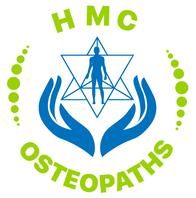
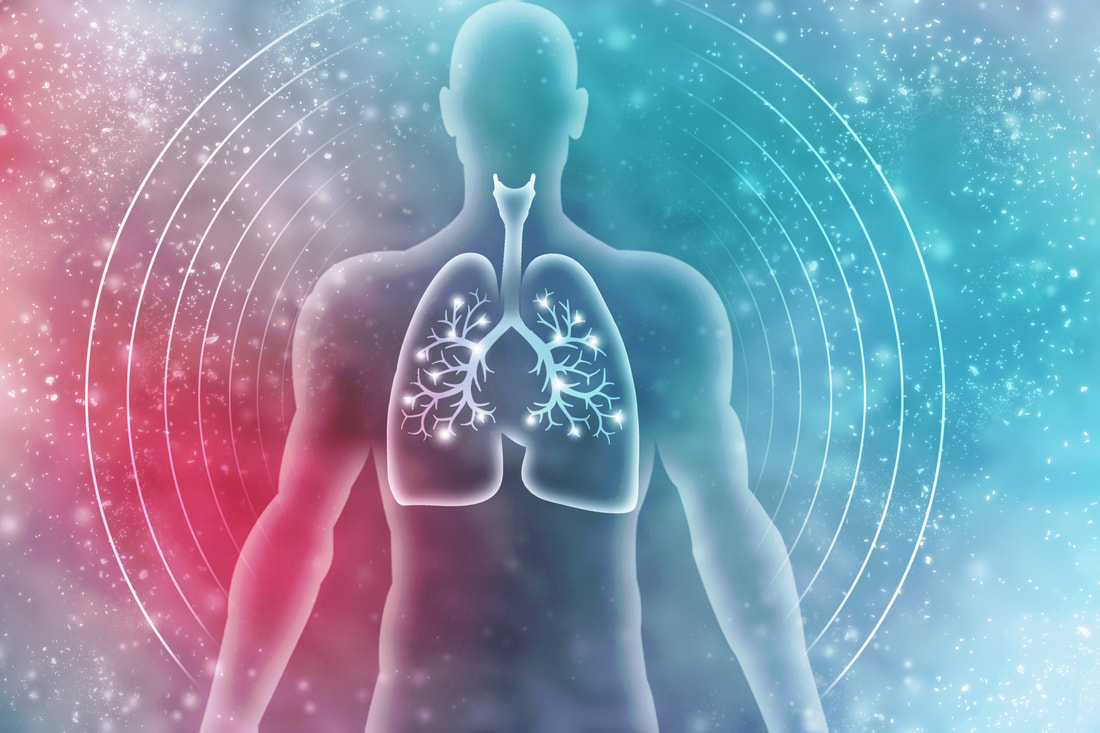
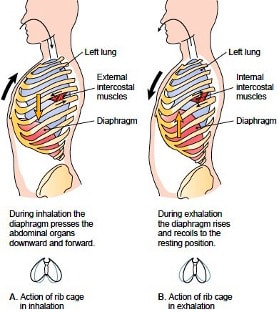
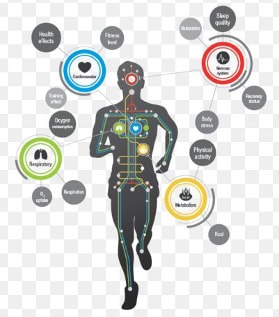
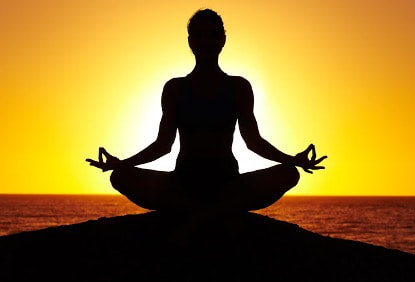
 RSS Feed
RSS Feed
